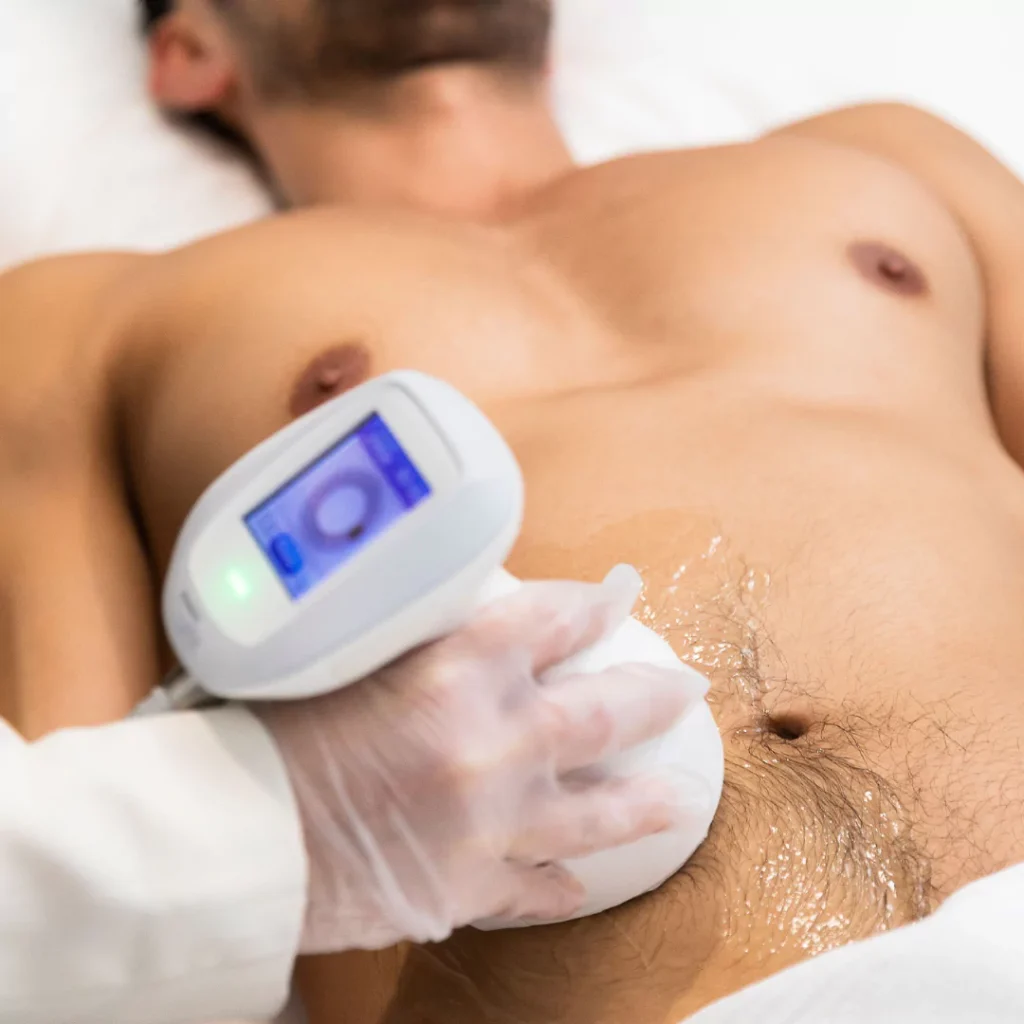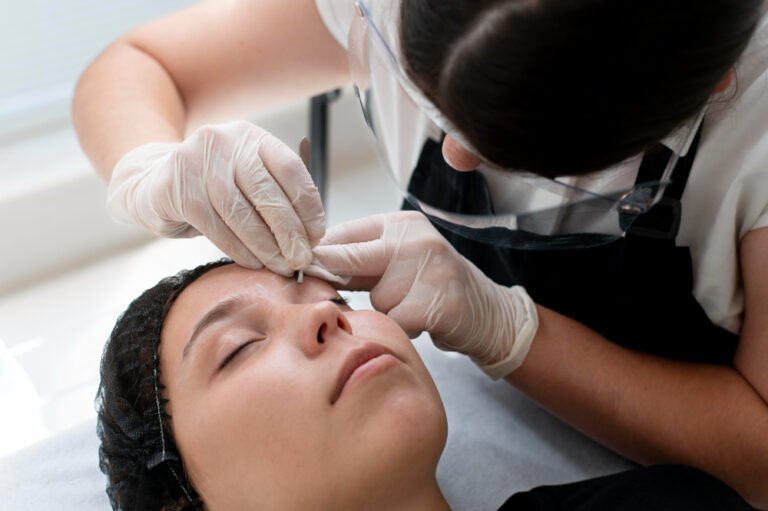When a couple faces difficulty conceiving, the fertility journey often begins with testing. For men, that journey starts with a semen analysis—a simple yet powerful diagnostic tool that provides critical insight into male reproductive health.
This test can answer key questions:
Is sperm count adequate? Are the sperm motile and healthy? Is there a potential barrier to conception?
Let’s break down everything you need to know about semen analysis—why it matters, what it tests for, and how to prepare.
Why Semen Analysis Is the First Step in Male Fertility Testing
Semen analysis is often the first and most important test in evaluating male fertility. It’s non-invasive, relatively quick, and reveals valuable information about a man’s ability to father a child.
Male factors contribute to infertility in approximately 40–50% of couples struggling to conceive. A semen analysis can identify issues like:
- Low sperm count (oligospermia)
- Poor motility (asthenozoospermia)
- Abnormal morphology (teratozoospermia)
- No sperm at all (azoospermia)
What Semen Analysis Measures
1. Sperm Count
This refers to the number of sperm present in 1 milliliter (ml) of semen. According to the World Health Organization (WHO), a normal sperm count is:
- 15 million sperm per ml or more
- At least 39 million total sperm per ejaculate
Low sperm count can make conception difficult, but not impossible.
2. Sperm Motility
This measures the movement and activity of sperm—how effectively they swim toward the egg.
- Progressive motility: Sperm swim in a straight line or large circles.
- Non-progressive motility: Sperm move but don’t go far.
- Immotile: Sperm don’t move at all.
WHO considers 40% or more motile sperm (with at least 32% showing progressive motility) to be normal.
3. Sperm Morphology
This assesses the shape and structure of the sperm, including the head, midpiece, and tail.
- Abnormal morphology can affect sperm’s ability to penetrate the egg.
- WHO normal range: ≥4% normal-shaped sperm (strict Kruger criteria)
A low morphology percentage doesn’t always mean infertility, but it may lower the chances of natural conception.
4. Semen Volume
The total amount of semen in one ejaculation is measured.
- Normal volume: 1.5 ml to 6 ml
- Low volume may suggest blockages, retrograde ejaculation, or hormonal issues.
5. Semen pH and Viscosity
- Normal pH is between 7.2–8.0. Abnormal pH can indicate infection or blockages.
- Viscosity (thickness) is evaluated because highly viscous semen may hinder sperm movement.
6. Presence of White Blood Cells or Antibodies
- White blood cells (leukocytes) may indicate an infection.
- Anti-sperm antibodies may interfere with sperm function.
These can be flagged for further testing if suspected.
What to Expect During the Test
1. Sample Collection
The semen sample is usually obtained through masturbation into a sterile cup in a private room at the clinic. In some cases, samples can be collected at home and delivered within 30–60 minutes, but always check with the clinic first.
2. Abstinence Period
You’ll be asked to avoid ejaculation for 2–5 days prior to the test to ensure the sample is accurate. Too short or too long of an abstinence period can skew results.
3. Lab Analysis
Once collected, the sample is analyzed within an hour using microscopy and lab techniques to assess the parameters mentioned above.
Interpreting the Results
You may receive results within a few days. Here’s what to know:
- One abnormal result doesn’t confirm infertility.
- A repeat test in 2–3 weeks is often recommended to confirm findings, as sperm quality can fluctuate due to stress, illness, or lifestyle factors.
- If issues are detected, further tests like hormonal profiling, genetic tests, scrotal ultrasound, or a urology referral may follow.
How to Prepare for a Semen Analysis
To get the most accurate results:
✅ Avoid ejaculation for 2–5 days before the test
✅ Avoid alcohol, smoking, and recreational drugs
✅ Avoid high heat exposure (e.g., saunas, hot tubs)
✅ Follow all instructions for sample delivery if collecting at home
✅ Inform your provider about any medications or supplements you’re taking
Common Questions About Semen Analysis
Q: Is semen analysis painful?
No. The procedure is non-invasive and painless.
Q: Can I use a condom to collect the sample?
Only non-spermicidal, sterile condoms may be acceptable—check with the clinic.
Q: Can stress or illness affect results?
Yes. Fever, recent illness, or stress can temporarily reduce sperm quality.
Q: Does one abnormal result mean I’m infertile?
Not necessarily. Many factors can impact a single sample. A fertility specialist will help interpret results in context.
Final Thoughts
A semen analysis is the foundation of male fertility testing—and a smart, proactive step for any man trying to conceive. The results offer a detailed look into your reproductive potential and can uncover treatable issues that may be standing in the way of fatherhood.
Whether you’re planning a family or troubleshooting fertility challenges, getting tested is quick, affordable, and may give you the clarity you’ve been looking for.




